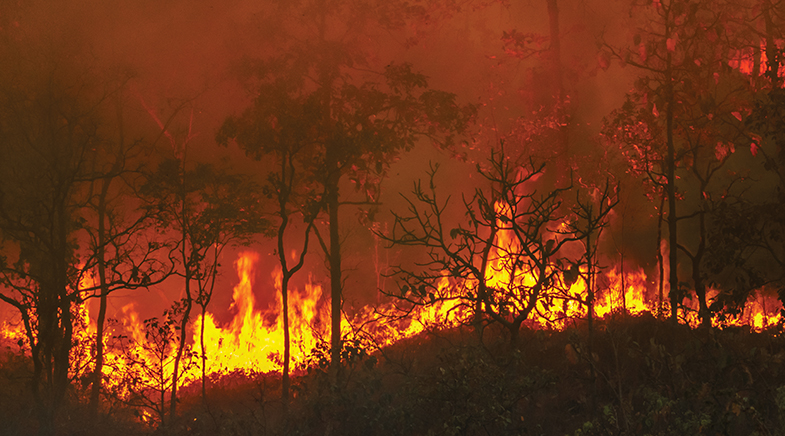Power to the people
-
- from Shaastra :: vol 03 issue 11 :: Dec 2024 - Jan 2025

A spectrum of energy-generating options — from nuclear to vertical wind turbines on skyscrapers — will light up the cities of 2050.
When Gireesh Kumar Ramachandran started his PhD on channelling offshore wind, at the Technical University of Denmark in 2009, few thought the technology would work. Erecting a wind turbine weighing 500-600 tonnes at a height of 120 metres or more and keeping it afloat on a water body was an engineering challenge. Such a structure had to be sturdy enough to withstand cyclones, tornadoes, and other weather vagaries. Ensuring their minimal effect on the environment was another challenge.
The technology is no longer deemed impractical. Technological advancements have found solutions to the initial problems, paving the path for the deployment of floating wind projects. Advanced floating designs, mooring, and anchoring innovations have helped stabilise floating structures. The shift from metals to fibreglass and carbon-fibre composites has made wind turbine blades longer, lighter, and more aerodynamic; they are easier to transport and install in marine environments.
Quite like Ramachandran, Soumitra Satapathi waded into an area that few were looking at when he moved back from the U.S. to join the Indian Institute of Technology (IIT) Roorkee as an Assistant Professor 10 years ago. Satapathi could see how silicon solar cell technology was advancing globally. Efficiencies and manufacturing capacities were increasing, and costs were decreasing. But while photovoltaics with silicon solar cells were the focus of research, Satapathi imagined the future of solar power with perovskites, then a relatively new technology.
PAST ISSUES - Free to Read


Have a
story idea?
Tell us.
Do you have a recent research paper or an idea for a science/technology-themed article that you'd like to tell us about?
GET IN TOUCH














